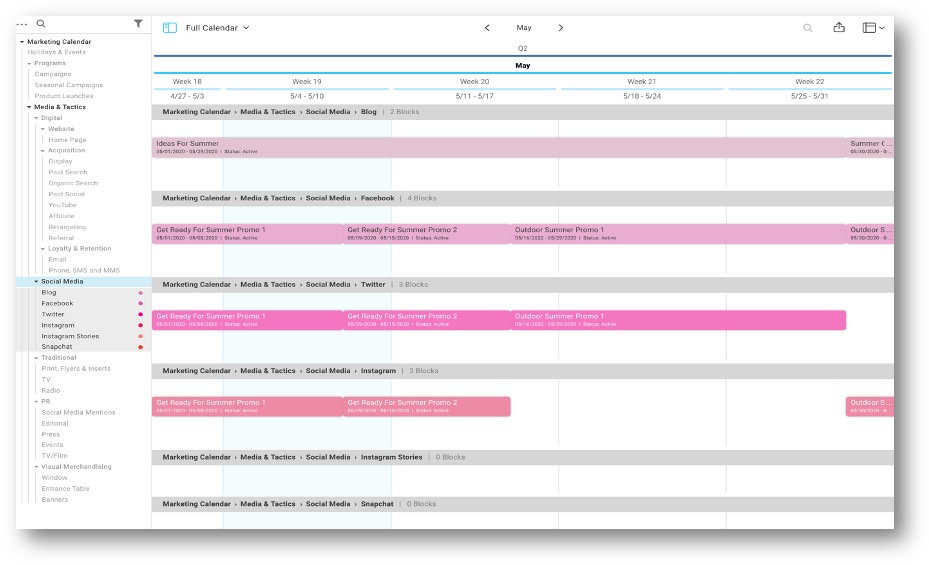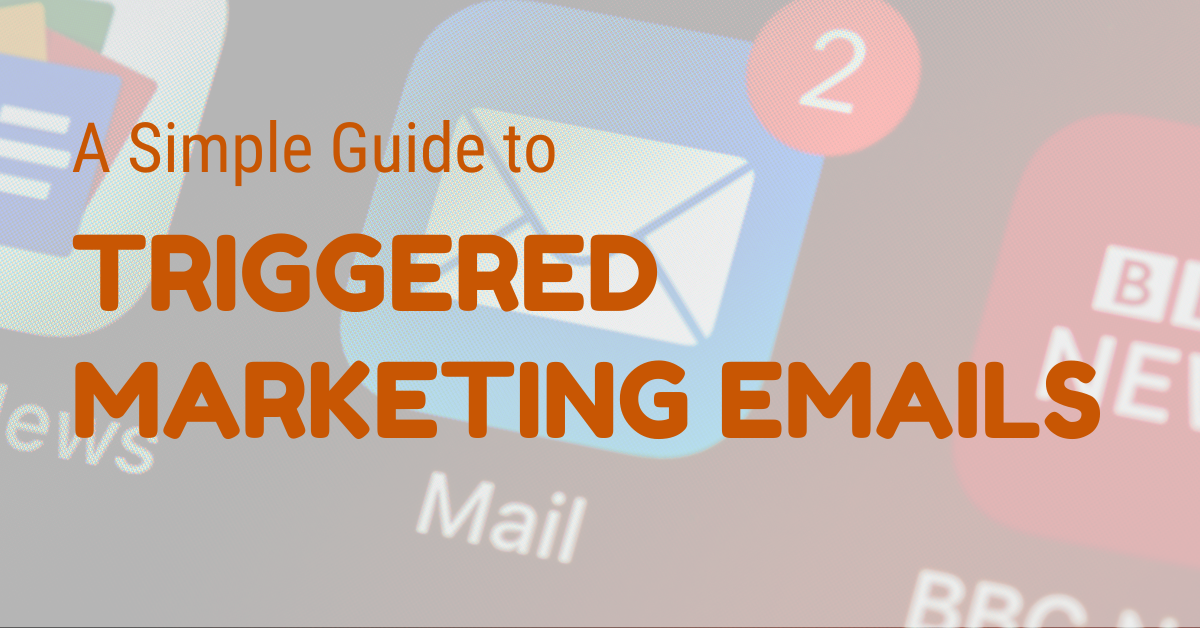
Monitoring social media tools is an important part of maintaining a positive brand image. You can use monitoring software to conduct competitor analysis, UGC analysis, and hashtag analysis. These can help you understand the opinions of customers and prospects. You can monitor social media to track customer service, product reviews, as well as brand image. Sprout offers a unified Smart Inbox that allows you to keep your eyes on what is most important.
The best way to keep your brand image positive is by monitoring social media.
Monitor the conversation about your product or service using one of the various social media tools. Buzzlogix offers Twitter as a tool to monitor brand conversations. You can see the social media sentiment of your brand and compare it to your competitors with its social media analysis. It manages all your social media accounts and allows you to reply to mentions directly from the dashboard. It also provides social media analytics and reports. This tool is free to try before you commit.
Social media monitoring is about identifying brand advocates and influential people to monitor any negative comments. It can also help you identify influencers who might be influencing consumers' decision-making. These people should be considered potential customers. Keep an eye on their posts and communicate with them as though they were paying customers. If you're not getting enough positive reviews, reach out and comment on your brand to your advocates.
Monitoring social media tools using social media analytics tools
Social media analytics tools allow you to get a complete understanding of your audience. You can view which content gets the most clicks and engagement. It is possible to analyze the content of competitors and see how they respond to it. This allows you to develop better marketing strategies. By using these tools, you can improve the quality of your content and create a better user experience. But how can you use these tools?

These tools collect mentions from different social media platforms and show them on their dashboard. You can be notified via email when a mention has been made on a specific social media channel. They can also be integrated with major social media platforms like Facebook, Twitter, LinkedIn and YouTube. They can be used to track conversations about your brand, and then publish relevant content.
Monitoring social media tools using hashtag analysis
Use hashtag analysis to track social media platforms to find out what your target audience thinks about your products. Monitoring your efforts without hashtags is like searching for a needle among a thousand flowers. These hashtag analytics tools will allow you to make better decisions when using #hashtags. Keyhole, a leading social media analytics tool, provides detailed data analysis and valuable consumer insight.
Brand24 is a powerful hashtag monitoring tool that searches the web for posts relevant to your brand. Its dashboard displays trending hashtags in real-time and allows you to analyze their performance. It offers a range of analytics, including sentiment analysis and notifications about new posts about a hashtag. You also have access to historical data going back over a year. This data can be used to make marketing decisions. You should use hashtag analysis tools to understand your target audience's sentiment and to develop a stronger product or service.
UGC is used to monitor social media platforms
UGC can be a powerful way to increase your brand's online presence and sales. This content is created by users. It can be easily shared through social media platforms. UGC tools will be available in the future to allow users find and schedule UGC content for future consumption. With these features, you can easily identify and utilize great UGC from a wide variety of sources. You can use UGC to monitor social networks tools.

UGC monitoring social media platforms is a benefit for both marketers as well as content creators. Users of these tools can help you get an understanding of what your customers want and need. These tools are also great for editing content. UGC tools allow you to build brand awareness while also allowing for your business to be more focused. It's a good way to gauge customer sentiment and determine if it's working.
FAQ
How long should I expect my content marketing campaign to last?
This can vary depending on the industry or type of product or services offered.
You might spend one to three months designing a new pair of shoes if you are selling shoes. For example, you might launch this new product in August and continue to update it throughout the year.
If you're selling clothes, you might create one look for fall and one for spring. Your goal is continually offer something fresh so your audience never gets bored.
Your goals will influence the time your content marketing program is effective. For small-scale businesses, you may only need to focus on one channel. If you are a larger company, it may be necessary to consider multiple channels in order to reach a large audience.
What is the difference between content marketing and content creation?
Content marketing is a way to ensure that every brand has the same message. They deliver valuable information that people desire and need.
Content marketers know how to create the right content for each channel at different times.
They are also able to create a strategy for promotion and distribution.
That is, they think strategically about the things they do and what it means.
This core skill is essential for a content marketer to succeed.
How can Content Marketing Strategy help you?
Content Marketing Strategy allows you to access data that you might not otherwise have. This data allows to identify which types and content perform well.
It helps you identify the strategies you should use to drive more traffic to your site. It gives you insight into your audience to help you develop better content.
This means you can spend less time worrying about what kind of content works and more time focusing on what doesn't.
A Content Marketing Strategy can help you determine what messages resonate best with your audience.
These messages can be used to help you identify the content that they are most interested in. So that you can continue creating similar content and keeping those ideas in motion.
Finally, a Content Marketing Strategy helps you track your content's performance. As you continue sharing different content types, you can easily see which ones convert better.
A Content Marketing Strategy is essential to ensure your content performs according to its intended purpose.
Why are you looking for a content marketing strategy to succeed?
Content Marketing is not just about creating good quality content for the sake of it. Instead, it's about engaging with people on an emotional level, helping them solve problems, and building relationships. This requires a deep understanding of how people act online.
This is precisely what Content Marketing Strategy does. A great Content Marketing Strategy helps you understand the psychology of customers so that you can best engage with them.
It also helps you improve your conversion rates to increase your profits.
However, why would you choose to invest in Content Marketing Strategy when there are many other options available?
Content Marketing Strategy is more efficient than any other type marketing.
A well-executed, content-marketing strategy will make it easy to grow brand awareness and to sell products.
What is my ROI for using a Content Marketing Strategy
Businesses that adopt a Content Marketing Strategy experience a 5-10x increase in return on their investment (ROI) than businesses that don’t.
A Content Marketing Strategy is used to generate leads and sell.
It can also provide valuable insight into your company. These insights help you make smarter business decisions. For example, they can help you identify new opportunities and improve customer service.
Let me tell you how much you can make from your Content Marketing Strategy.
Your overall revenue can easily be doubled
Statistics
- This marketing strategy landed Ford a 15.4% conversion rate. (neilpatel.com)
- Seventy-two percent business to business (B2B) (mailchimp.com)
- According to our research, brand awareness, attracting traffic, and generating leads remain the key content marketing goals in 2022. (semrush.com)
- In fact, would pay more for a better customer experience, and 86% of B2B buyers would pay more. (neilpatel.com)
- We found that 40% of businesses don't have a documented strategy yet. (semrush.com)
- To further show the importance of this, 89% of people have stopped doing business with a company because of a poor experience. (neilpatel.com)
- Out of the 1,500 marketers we surveyed for our State of Content Marketing report, 78% who felt their content marketing strategy was exceptionally effective in 2021 had documented their strategy. (semrush.com)
- Forty-seven percent of buyers view 3 to 5 pieces of content before engaging with a sales representative. (mailchimp.com)
External Links
How To
Infographic Design Tips for Content Marketing
Infographics are one of the most effective ways to explain complex concepts simply, making information easy to understand. Infographics can be used to communicate your message.
For creating an infographic you'll need software such as Adobe Illustrator and Photoshop. These programs are great for creating infographics. Once you have your design ready, upload images from Unsplash or Pixabay to add to it.
Looking at other infographics online can help you get ideas. To show how many calories certain foods have, you can use a picture of a pyramid to illustrate this. You could also replace the numbers with images of the food. Or, you might choose to look up how much sugar is in soda pop and change that number to a picture of a bottle of Coke.
Once you've designed your infographic, you can share it through social media channels like Facebook and Twitter. This helps people who aren't familiar with the concept learn about it. If you decide to post your infographic on social media platforms, include hashtags so others can see what you're talking about. Users can follow conversations around specific topics using hashtags.
Try to make your infographic posts shorter than you normally would if you create one. An average blog post can be anywhere from 2000 to 5000 words long, while an infographic only requires 500 to 1000 words. This means you can easily convey more information with less space.
Keep in mind that viewers may have difficulty reading small fonts when creating your infographic. Make sure you use large enough fonts and don't rely too heavily on color for your graphics. Also, ensure all text is legible.
Here are some other tips.
-
Choose an Infographic Template. You can find many templates online or in printed formats. Canva and Piktochart are some of the most popular.
-
Make your Infographic. You can use the template to create your infographic. Any media you choose is acceptable for your audience. In this example, photos of Seattle restaurants might be used to create an infographic about Seattle's best restaurants.
-
Add text. Add text once your infographic is created.
-
Add Images. Images can be added to your infographic. You can add images to your infographic. Make sure your picture is relevant to the topic you are adding.
-
Make It Interactive. You can also add interactive elements such buttons, maps, links, and other features. This will increase engagement with your audience.
-
Share. Share the infographic once you're done.
-
Measure. How well did your infographic perform? Did people click through? Did they signup for your mailing list? What was their reaction to your infographic?
-
Improve. Are there ways you could improve your infographic? What could you do better next year?
-
Repeat. Repeat.